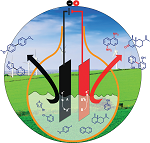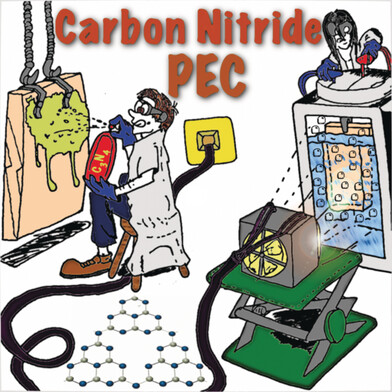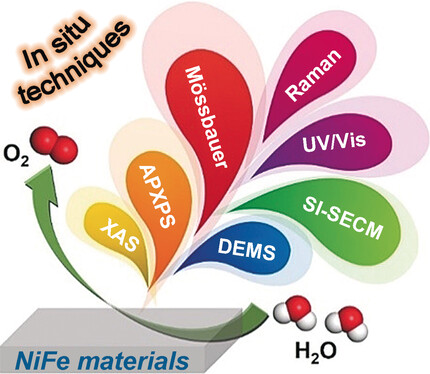Journal list menu
Export Citations
Download PDFs
Table of Contents
From Lithium-Ion to Sodium-Ion Batteries: Advantages, Challenges, and Surprises
- First Published: 19 June 2017
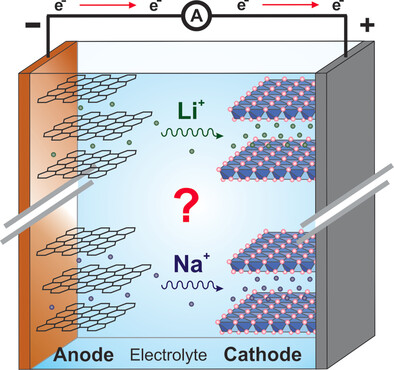
Sodium-ion batteries: The demand for batteries is projected to increase significantly owing to the emerging markets of electric vehicles and stationary energy storage. Sodium-ion batteries have been recently reconsidered with the hope to create low-cost batteries based on abundant elements that could complement lithium-ion battery technology in the future. In this review, we discuss the often surprising consequences of replacing Li+ by Na+ in a battery.
Electrifying Organic Synthesis
- First Published: 02 January 2018
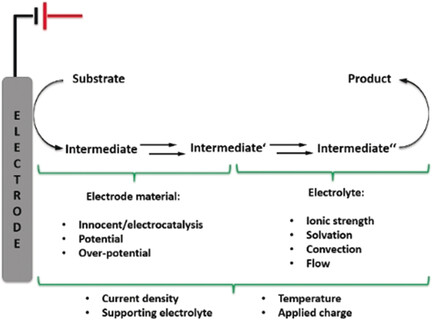
Electrons serve as the only reagent in electroorganic transformations, avoiding the generation of reagent waste. However, the application of electroorganic transformations is more than minimizing the waste footprint, it rather gives rise to inherently safe processes and milder transformations, reduces the number of steps of many syntheses, and provides alternative methods to access desired structural entities.
Modern Electrochemical Aspects for the Synthesis of Value-Added Organic Products
- First Published: 23 January 2018
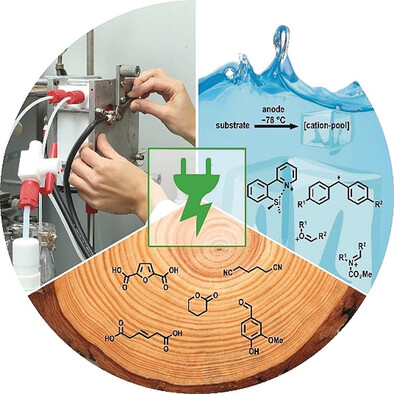
The use of electricity in synthesis instead of stoichiometric amounts of reagents is very attractive from both an economic and an ecological point of view. In combination with other concepts and approaches of organic chemistry, this represents a major driving force for research efforts. This Review summarizes many of the recent developments in this area.
The Hydrogen Evolution Reaction in Alkaline Solution: From Theory, Single Crystal Models, to Practical Electrocatalysts
- First Published: 01 December 2017
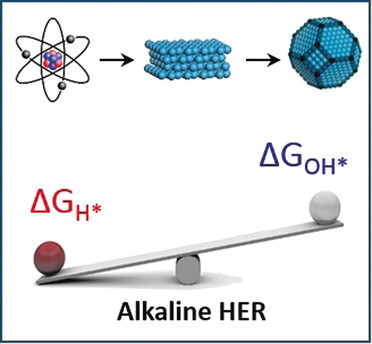
Focusing on the long-lasting debates surrounding the activity descriptor for the electrocatalytic hydrogen evolution reaction in alkaline conditions, some fundamental studies, from theoretical computations and surface electrochemistry on single crystal models, to practical electrocatalysts with large surfaces, are summarized.
Three-Dimensional Architectures Constructed from Transition-Metal Dichalcogenide Nanomaterials for Electrochemical Energy Storage and Conversion
- First Published: 21 August 2017
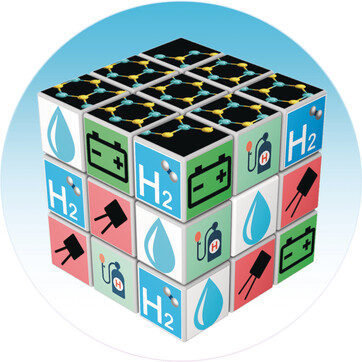
Electrochemistry in 3D: Three-dimensional transition-metal dichalcogenide architectures have shown great promise for electrochemical energy storage and conversion. This Review summarizes the commonly used strategies for the construction of such architectures, as well as their application in rechargeable batteries, supercapacitors, and electrocatalytic hydrogen evolution.
Electrochemical C−H/N−H Activation by Water-Tolerant Cobalt Catalysis at Room Temperature
- First Published: 05 January 2018
Electrolyte Additives for Lithium Metal Anodes and Rechargeable Lithium Metal Batteries: Progress and Perspectives
- First Published: 14 February 2018
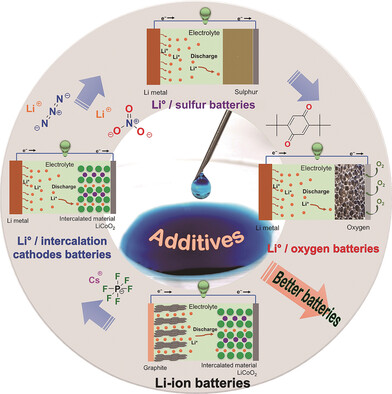
Better batteries: The use of electrolyte additives is considered one of the most viable, economical, and effective approaches to circumvent the problems of rechargeable Li metal batteries (LMBs). This Review assesses the current status of research on electrolyte additives for rechargeable LMBs and considers new avenues for the realization of these appealing devices.
Atomically Dispersed Metal Sites in MOF-Based Materials for Electrocatalytic and Photocatalytic Energy Conversion
- First Published: 19 February 2018
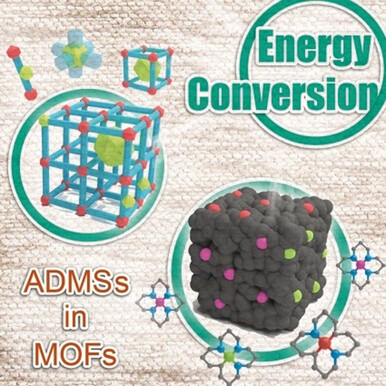
A site to behold: Atomically dispersed metal sites in MOFs and MOF-derived materials offer great potential for the design and modification of advanced catalysts for applications in photocatalytic and electrocatalytic energy conversion. Recent breakthroughs and future perspectives are presented in this Review.
Carbon Nitride Materials for Water Splitting Photoelectrochemical Cells
- First Published: 18 July 2018
Application of In Situ Techniques for the Characterization of NiFe-Based Oxygen Evolution Reaction (OER) Electrocatalysts
- First Published: 17 April 2018
Redox-Flow Batteries: From Metals to Organic Redox-Active Materials
- First Published: 07 November 2016

Go with the flow: Redox-flow batteries are promising candidates for storing sustainably generated electrical energy and, in combination with photovoltaics and wind farms, for the creation of smart grids. This Review presents an overview of various flow-battery systems, focusing on the development of organic redox-active materials, and critically discusses opportunities, disadvantages, and future challenges of these systems.
Single-Atom Electrocatalysts
- First Published: 23 May 2017
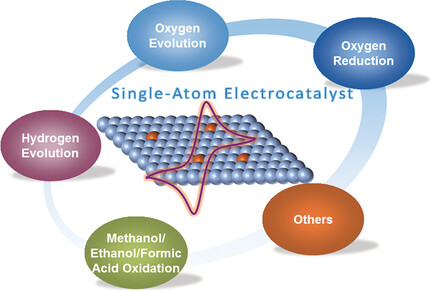
When less is more: Single-atom electrocatalysts are characterized by high catalytic activity, selectivity, and maximum metal utilization. They hold great promise in various electrochemical applications, such as the oxygen reduction reaction, the hydrogen evolution reaction, and hydrocarbon conversion reactions for fuel cells.
Nanostructured Materials for Heterogeneous Electrocatalytic CO2 Reduction and their Related Reaction Mechanisms
- First Published: 06 February 2017
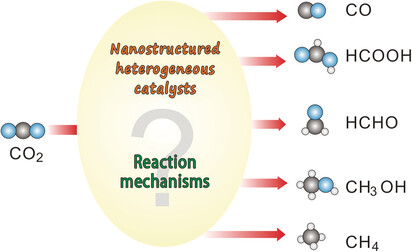
CO2 can do: Electroreduction of CO2 is an important CO2 conversion route because of its high environmental compatibility and good combination with other renewable energy sources. Nanostructured materials exhibit outstanding performances for heterogeneous electrocatalytic CO2 reduction. This Review describes recent advances for these nanostructured heterogeneous catalysts.




